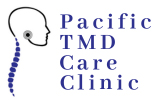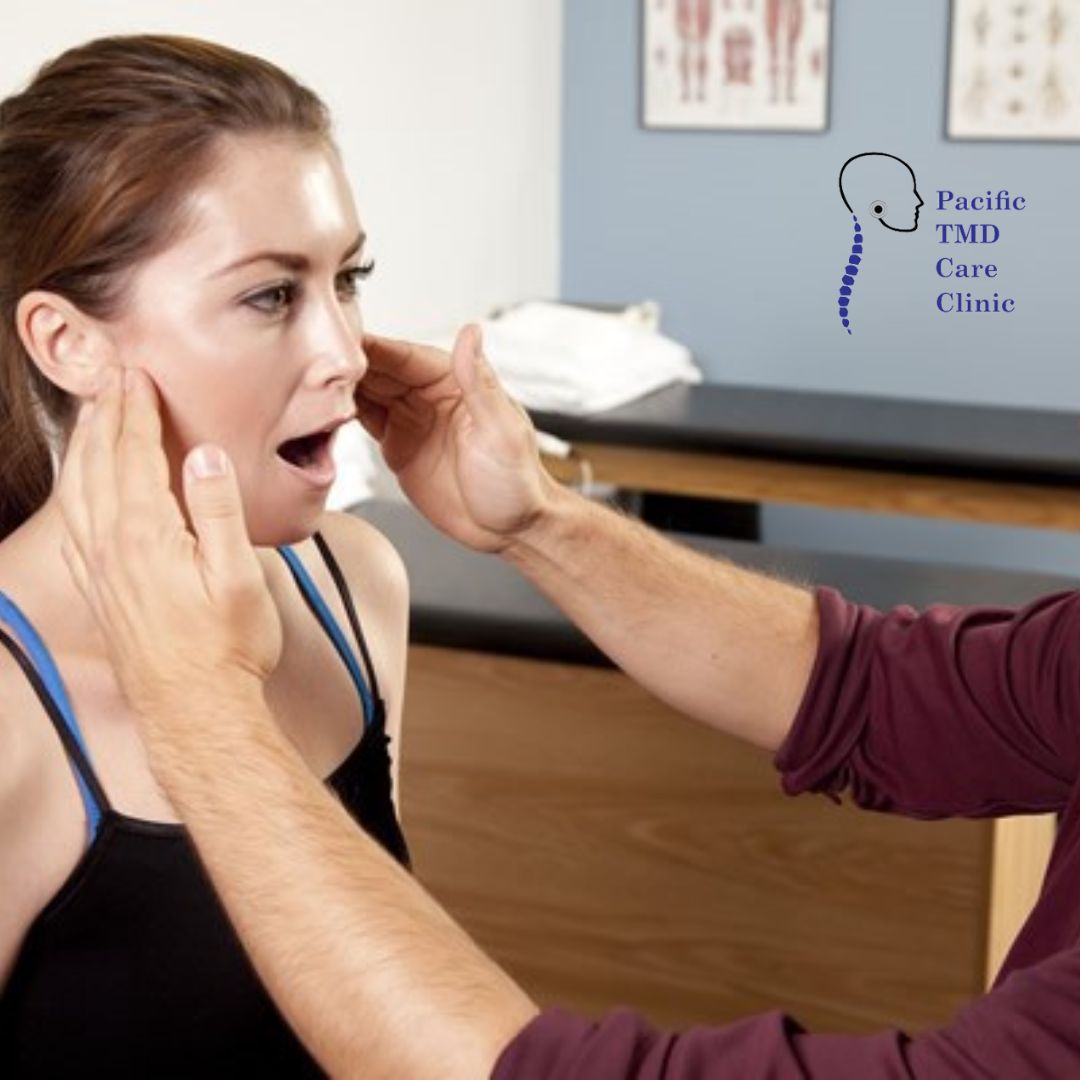Temporomandibular disorders (TMDs) present multifaceted challenges, affecting millions worldwide. These conditions encompass a complex interplay of biological, social, and psychological factors, leading to substantial pain and reduced jaw mobility. In this discourse, we delve into the profound potential of jaw mobility exercises in addressing these pressing concerns.
- Exercise Therapy for TMD:
Initiating our exploration, we delve into the realm of exercise therapy, as scrutinized by Akiko Shimada and associates. Their systematic review prioritized randomized controlled trials (RCTs) as a foundation for their analysis. What transpired was a revelation – coordination exercises emerged as a pivotal intervention, significantly mitigating pain and augmenting joint mobility. The implications are profound, positioning exercise therapy, particularly coordination exercises, as a formidable tool for the management of TMD-related pain. It is imperative to acknowledge that the constraints of limited sample sizes and study disparities rendered a comprehensive meta-analysis unfeasible. Nevertheless, the findings signal a beacon of promise (1). - Cervical Spine High-Velocity, Low-Amplitude Thrust (HVLAT) for TMD:
In the vein of exploration, Breanna Reynolds and her team adopted a distinctive perspective, dissecting the immediate and short-term ramifications of incorporating cervical spine high-velocity, low-amplitude thrust (HVLAT) into a comprehensive therapeutic regimen. This approach featured behavioral education, soft tissue mobilization, and exercise. Their revelations were riveting – both groups demonstrated progressive improvement, yet the HVLAT cohort reported decreased fear levels and expedited progress in jaw function. This dynamic introduces an element of uncertainty but also underscores the potential of integrating cervical HVLAT into the standard TMD care paradigm (2). - Manual Soft Tissue Therapy and Therapeutic Exercises:
Further widening the purview, Magdalena Gębska and her research cohort brought forth a study illuminating the efficacy of manual soft tissue therapy and therapeutic exercises among TMD patients grappling with pain and constrained jaw mobility. Their findings offered profound insights – various modalities, including massage, post-isometric muscle relaxation, and self-therapy, each engendered reductions in muscle activity and diminished pain intensity. Among these, massage emerged as a particularly potent intervention with remarkable analgesic effects (3).
In conclusion, jaw mobility exercises represent a compelling solution for TMD discomfort mitigation and the reinstatement of functional well-being. Whether one chooses to embrace coordination exercises, cervical HVLAT, or manual soft tissue therapy, these interventions have demonstrated their potential to alleviate pain, enhance jaw mobility, and elevate overall quality of life while grappling with TMD.
However, it is crucial to underline the importance of seeking professional guidance when considering these interventions. Consulting with healthcare professionals, such as those at Pacific TMD Care Clinic, is pivotal for personalized guidance and treatment recommendations tailored to your unique TMD situation. In collaboration with skilled experts, you can embark on a journey towards TMD relief and restored functional well-being.
References:
1. Shimada, Akiko et al. “Effectiveness of exercise therapy on pain relief and jaw mobility in patients with pain-related temporomandibular disorders: a systematic review.” Frontiers in oral health vol. 4 1170966. 12 Jul. 2023, doi:10.3389/froh.2023.1170966
2. Reynolds, Breanna et al. “Effectiveness of Cervical Spine High-Velocity, Low-Amplitude Thrust Added to Behavioral Education, Soft Tissue Mobilization, and Exercise for People With Temporomandibular Disorder With Myalgia: A Randomized Clinical Trial.” The Journal of orthopaedic and sports physical therapy vol. 50,8 (2020): 455-465. doi:10.2519/jospt.2020.9175
3. Gębska, Magdalena et al. “Evaluation of the efficacy of manual soft tissue therapy and therapeutic exercises in patients with pain and limited mobility TMJ: a randomized control trial (RCT).” Head & face medicine vol. 19,1 42. 8 Sep. 2023, doi:10.1186/s13005-023-00385-y

